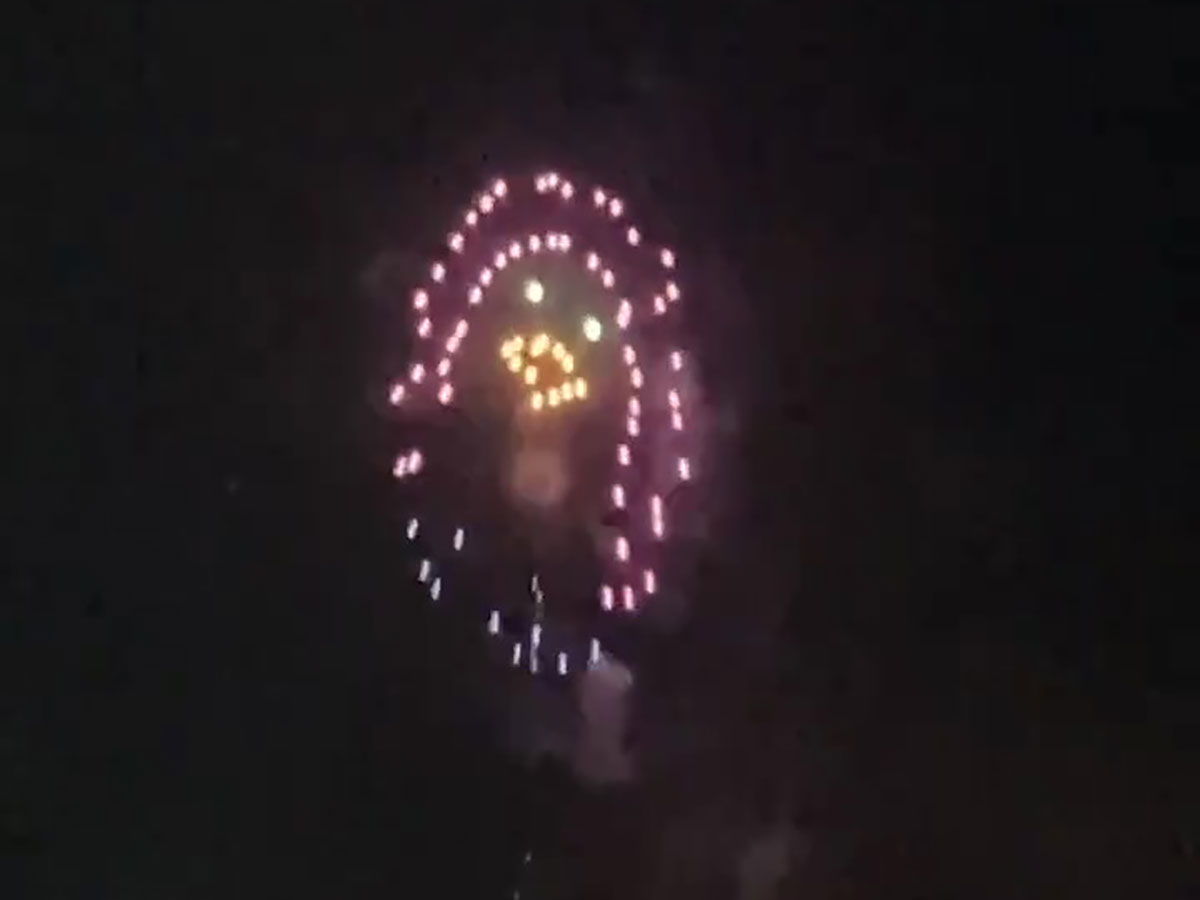
Source: 23ch (@23chsyd) - image reproduced with permission
Japan’s corona-fighting monster Amabie makes a surprise appearance in a fireworks festival
- Tags:
- Amabie / coronavirus / COVID-19 / Fireworks / Hanabi
Related Article
-
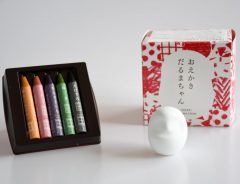
Get your hands on an environmentally friendly DIY daruma set
-

Japanese maker releases stringless adhesive masks to relieve stress on ears
-
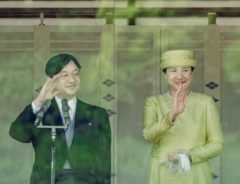
Japanese Imperial Visit to the UK Postponed Amid Coronavirus Concerns
-
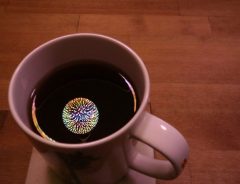
With many festivals cancelled, you may need to be creative to enjoy summer at home
-

Social distancing cafe opens up in Tokyo
-
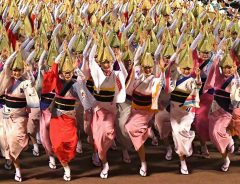
Tokushima’s Colorful Summer Dance Festival is Back!


If you're interested in Japan and have been following some of the news in the last few months, chances are you've heard of Amabie. The fishlike, disease-fighting monster supposedly first appeared during the Edo period, rising from the waters of Kumamoto prefecture, where it made predictions of a good and long harvest, before prophesying it’s future reappearance in a time of need, should ever one arise. Before disappearing into the deep, Amabie is quoted as having said, “if an epidemic ever spreads, draw a picture of me and show it to everyone.”
The monster has now reappeared to fight COVID-19, turning into Japan's unofficial mascot in its fight against the invisible threat. In order to spread Amabie images in accordance to the monster's admonitions, Japanese companies have jumped on the occasion, creating everything from rice crackers, beer, sake, donuts, pudding and wagashi sweets in the monster's likeness.
Now, you can add fireworks to the long list of creative ways in which Japanese people are displaying Amabie's image to help fight the pandemic.
In a Tweet which has over 72,000 likes and 26,000 retweets at the time of writing, Twitter user 23ch (@23chsyd) posted a video of a local fireworks festival which included a surprise appearance of the pandemic-fighting monster:
Image reproduced with permission from 23ch (@23chsyd)
You can hear 23ch (or someone in their entourage) surprisedly exclaim "Amabie" in the beginning of the video.
Followers and non-followers were quick to comment on the cute Amabie which lit up the night skies:
Indeed, as the final commenter makes clear, fireworks displays in Japan have traditionally had such an important purpose. For example, according to the Sumida River Festival's website, the first display in 1733 was performed in reaction to a terrible famine the previous year, with disease and infections claiming further lives in the aftermath. The fireworks were intended to appease the souls of the departed and to ward off disease.
This year, many fireworks have gone up with the same spirit in mind, in the hopes of combatting the novel coronavirus and cheering up the Japanese people.